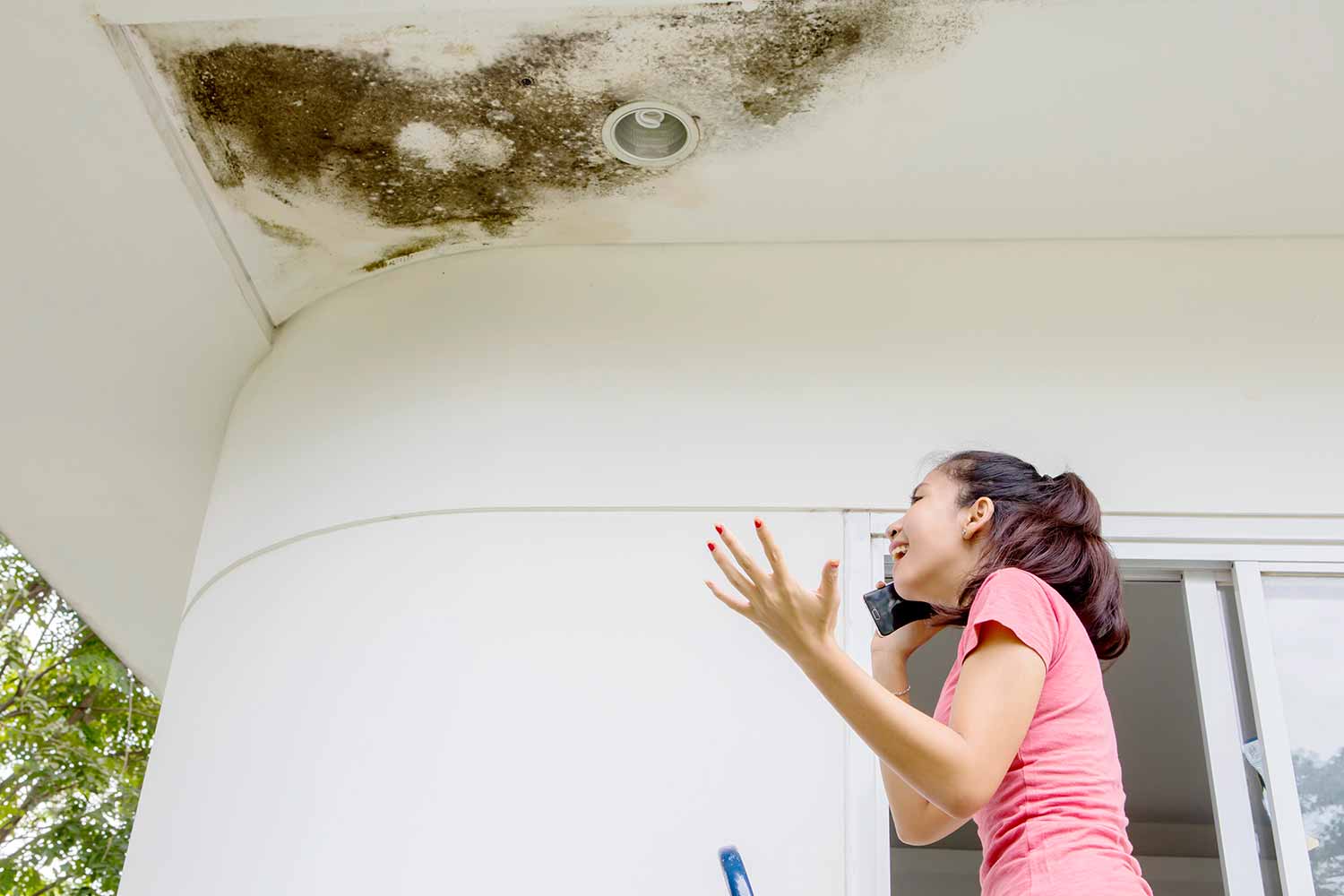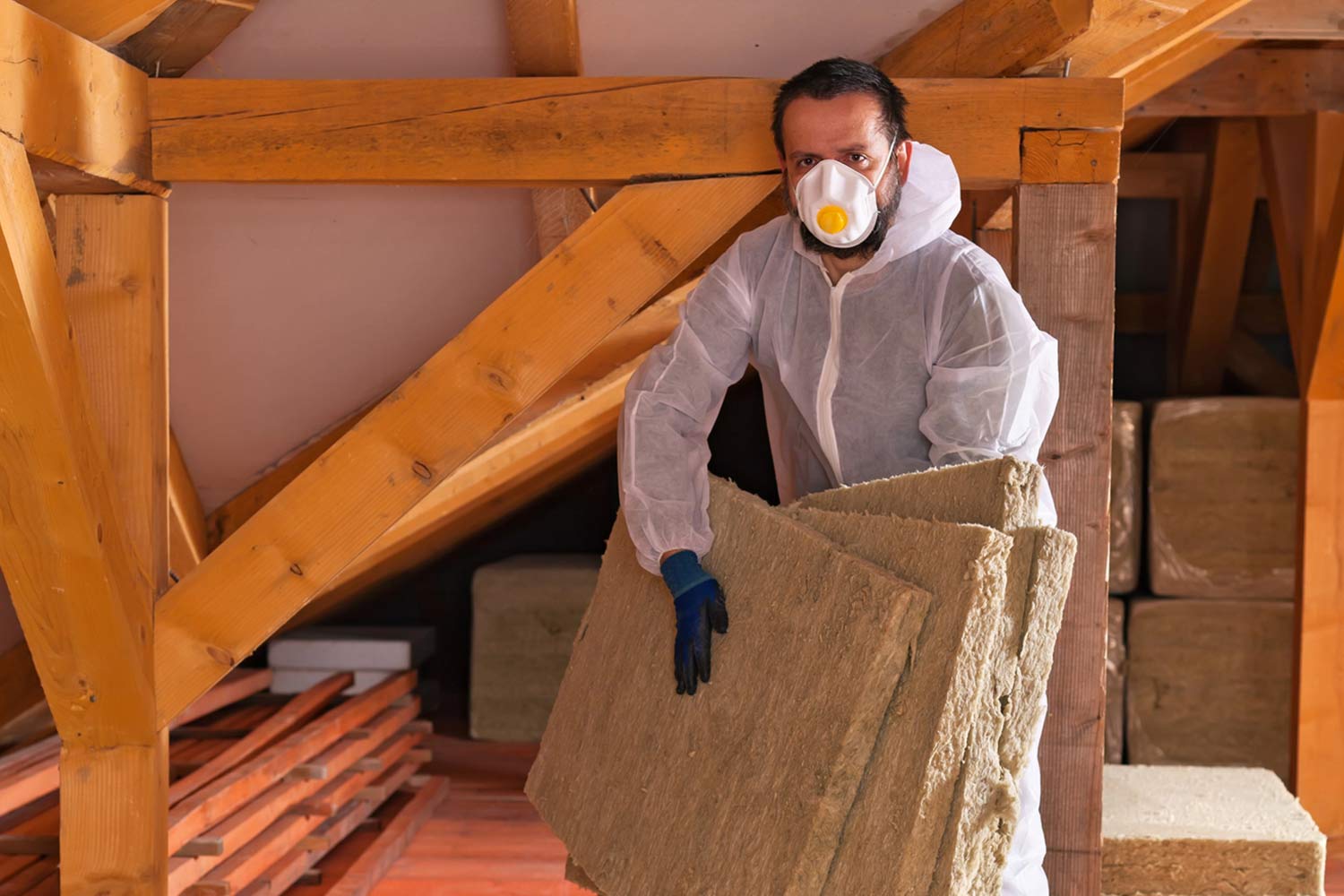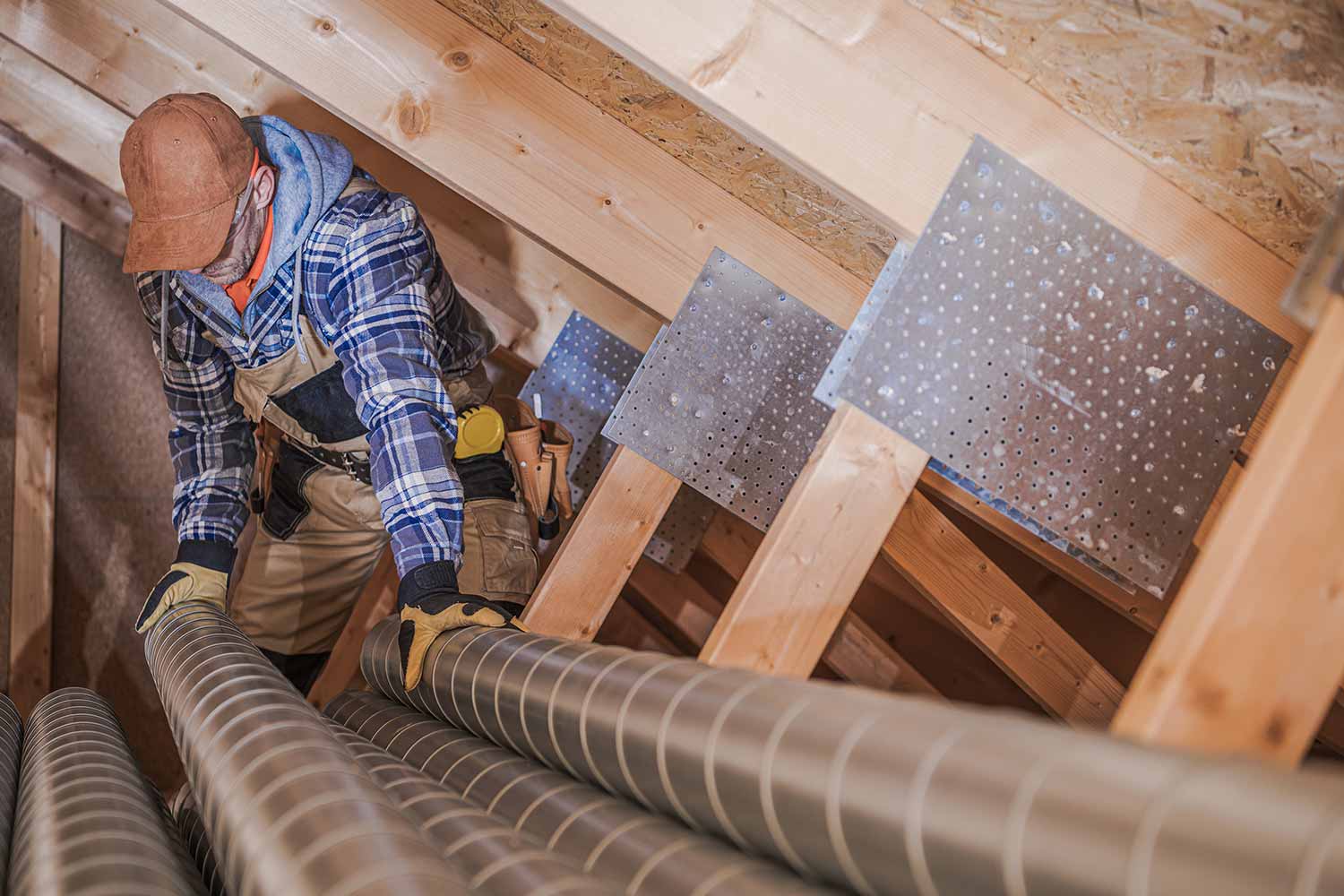Choosing a roofing contractor is not something most homeowners do often. For many people, it…

Causes of Water Stains on Your Ceiling in Calgary and Edmonton
You’re sitting at the table or walking down the hallway when something catches your eye. A faint shadow above. A circular mark that wasn’t there before. Before long, it deepens into a brownish stain, spreading slowly across the ceiling. This is how it often begins. What starts as a cosmetic concern can quickly spiral into something more serious.
Water stains on your ceiling are usually a sign of trouble somewhere above. The stain is just the symptom, whether the culprit is a leaky roof, faulty plumbing, or aging insulation. The real problem is hidden out of sight. Left unresolved, these stains can lead to mold, damaged insulation, structural issues, and mounting repair bills.
In Edmonton, where seasonal temperature swings, snow buildup, and older housing stock are common, moisture damage is not unusual. The good news is that once you know what to look for, you can take the right steps before the damage gets worse.
Here’s a breakdown of the most common causes of ceiling water stains, how to spot them, and what to do next.
Roof Leaks in Alberta’s Climate
In Edmonton and surrounding areas, winter brings heavy snow, spring brings rapid melts, and summer storms hit hard. Your roof stands guard through it all, but wear and tear can open the door to water infiltration over time.
Common causes of roof leaks include missing shingles, cracked flashing, ice dams near the eaves, and backed-up gutters. When water finds its way under the roofing material, it can drip into the attic and eventually soak through insulation, making its way down to the ceiling drywall.
Sometimes, the source is not even visible from the ground. A single damaged vent boot or loose flashing around a chimney can be all it takes to allow moisture in. You may overlook a roof issue until that stain starts to spread.
If the stain appears after rainfall or a snowstorm, your roof is a likely suspect.
Poor or Compromised Attic Insulation
Insulation plays a crucial role in regulating temperature and managing moisture. When attic insulation is insufficient or compromised, the temperature difference between the living space and the attic creates condensation. This is especially common during the colder months when warm indoor air rises and meets the cold air in an under-insulated attic.
Moisture then collects on the underside of the roof deck, drips down, and eventually seeps into the ceiling below. Over time, this creates staining and may lead to mold growth within the insulation.
Older homes or homes with patchy insulation are more prone to this issue. Wet insulation not only fails to insulate properly, but it also becomes a breeding ground for mold and mildew.
Plumbing Issues Above the Ceiling
Another frequent cause of ceiling stains is water escaping from the plumbing system. A leaking pipe or fixture might be to blame if the stain is located directly beneath a bathroom, laundry room, or kitchen on the upper level.
This can include dripping pipe joints, leaking shower pans, old caulking around tubs, or even toilet overflow. Over time, even a slow drip can saturate insulation and create enough moisture to leave a mark on your ceiling.
The tricky part is that these leaks often remain hidden until enough damage has occurred to reveal the problem.
HVAC System Condensation or Overflow
In homes with central air or furnace systems, water stains can sometimes be traced back to the HVAC components themselves. Air conditioning systems create condensation, which should be drained away through a designated line. If that line is clogged or broken, water can pool and eventually leak into nearby areas, including the ceiling.
Ductwork that is not properly insulated can also lead to condensation forming outside pipes. When the moisture drips consistently in one area, it can saturate the ceiling over time.
This is more common in systems that were installed decades ago or in homes where regular maintenance has been neglected.
Old or Damaged Building Materials
Sometimes, the issue is less about one system failing and more about your home’s natural aging. Materials wear out over time. Caulking dries up. Seals around vents crack. Roof boots deteriorate. All of these small failures can contribute to unwanted water intrusion.
For homes older than 20 years, regular inspection of these components is essential. What looks like a minor maintenance task today can prevent a costly ceiling repair tomorrow.
What to Do When You Notice a Stain
The first and most important step is not to ignore it. Ceiling stains do not go away on their own, and painting over them without fixing the root cause only guarantees a repeat appearance.
Here’s what you should do:
- Observe whether the stain grows larger after rain or snow melts. This can help narrow down whether the source is exterior or interior.
- Feel the area around the stain. Is it damp? Does it give under pressure? This can indicate moisture is still present.
- If safe to do so, inspect your attic. Look for wet insulation, dripping water, or mold.
- Shut off water supply lines if you suspect plumbing as the source.
- Avoid using the affected room heavily until the issue is addressed.
The Impact on Your Insulation
Even if the ceiling stain seems contained, the damage can extend much further. When water seeps into attic insulation, it compresses the material and reduces its thermal resistance. This results in higher heating and cooling bills, uncomfortable indoor temperatures, and greater stress on your HVAC system.
In Edmonton, where winter temperatures can drop dramatically, this loss of insulation performance can be felt quickly. Moreover, saturated insulation encourages mold growth, posing health risks to you and your family.
Once insulation becomes waterlogged, it typically needs to be replaced.
Prevention Is Worth the Effort
A few simple practices can go a long way toward preventing future stains:
- Clean your gutters at least twice a year to prevent overflow.
- Inspect your attic each season, especially after major weather events.
- Ensure your home has proper attic ventilation.
- Replace aging insulation with modern, high-performance alternatives like spray foam or professionally installed batts.
- Schedule regular roof inspections and HVAC maintenance.
These steps not only protect your ceiling but also help preserve the long-term health of your home.
When It’s Time to Call a Professional
Some ceiling stains are obvious in cause and simple to fix. Others are the result of multiple overlapping issues that require a trained eye to diagnose. If you’ve noticed recurring stains, sagging drywall, a musty odor, or visible mold, it’s best to bring in a professional.
They will be able to trace the moisture path, identify all affected areas, and recommend the most efficient solution.
Water Stains Ceiling Removal in Edmonton & Calgary
If you live in Edmonton, Calgary, or the surrounding communities and you’re dealing with ceiling stains or insulation concerns, there’s a local name that has stood behind its work for over four decades.
IDEAL Insulation & Roofing has helped Alberta homeowners improve their comfort, efficiency, and peace of mind since 1979. As a second-generation family business, our team understands the challenges of our climate and how to protect homes against them. We offer free estimates, advanced moisture assessment tools, and a 10-year workmanship guarantee.
Whether the source is a damaged roof, compromised insulation, or hidden leaks, IDEAL is ready to help you solve the problem and prevent it from coming back.
Get in touch today, and let’s take the first step toward restoring your ceiling and comfort.



